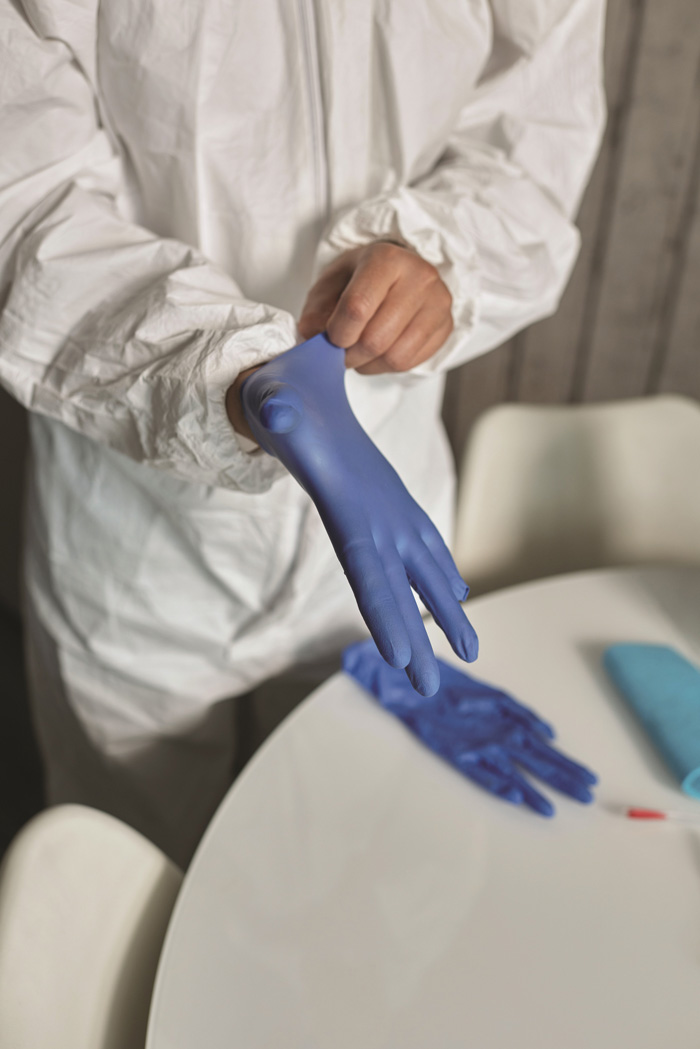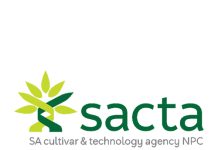It is well-known that there are a few principles of responsible use when working with plant protection products that are just not negotiable. Wearing the necessary personal protective clothing, applying products only according to the label instructions and ensuring the products are stored securely out of reach of children, pets and unauthorised persons, are examples that do not require exhaustive explanation of why they are so important.
However, there are some perhaps less obvious guidelines that require a bit more thought as to why they need to be followed, because the reasoning for these may not be as apparent as the others. Of course, knowledge is relative and what is common knowledge to some, may be brand new information to others. So let us explore a few of these responsible use examples so that everyone has the right tools to ensure their safety when working with these essential products.
Protective clothing and equipment
The first few examples relate to personal protective clothing or equipment (PPE). The type of PPE required depends on the task being performed, such as whether you are mixing or applying the product, as well as the hazard and type of product. Note that, except for fumigation, higher level PPE is usually required when preparing spray mixtures with the products as opposed to applying the spray mixtures, because the products are in their concentrated form at that stage. The basic PPE consists of a cotton overall and wide-brimmed hat, rubber or chemical-resistant gloves and boots, as well as goggles and a nose and mouth cover (mask) or face shield. But, when working with highly hazardous products, a respirator with filters is required, or when mixing pesticides, an apron must be worn as well. The safety datasheet (SDS) of the product will guide a person on exactly what PPE is deemed necessary, but it is worthwhile to keep the following points in mind.
Sleeves and legs of cotton overalls should be draped over gloves and boots, and not tucked in. It is often an instinct to tuck trouser legs into safety boots or draw rubber gloves over shirt sleeves, but when it comes to working with pesticides it should be worn the other way around. This is to prevent any product possibly running or leaking into the boots or gloves and making contact with the skin. If the trouser legs or sleeves are draped over the boots or gloves, then this risk is minimised. If you are working with your hands suspended above your head though, then you’ll need to roll the glove tops into the cuffs of the overall, or as an additional safety measure, you can secure it with duct tape.
Safety boots and gloves should not be lined. As tempting as it may be to wear soft-lined gloves and boots during those cold winter mornings on the farm, unfortunately this is a risk when working with pesticides: The lining can readily absorb and hold the product if it leaks or spills into the boots or gloves. Similarly, you should pay special attention to the headband of any eye or face protection as these are also often made from absorbent materials and need to be cleaned diligently and replaced often. A good idea is to cover the strap with a hat or use PPE with a chemical-resistant strap.
Wear a wide-brimmed hat and not just a golf cap. Wearing just a normal golf cap as head protection still leaves your neck and shoulders exposed to possible spray drift situations, which is why a wide-brimmed cotton hat is recommended. The hat, as well as the overalls, should be made from cotton material which provides a barrier against the possible chemical hazards of the product.
There are numerous other guidelines for wearing the correct PPE when working with plant protection products and these exist to keep people safe and to prevent exposure from the beginning. Unfortunately, accidents do happen and when they do, it’s important that the parties involved are well-informed of the necessary steps to take in these situations.
First aid guidelines
There are three main ways in which a person can be exposed to a pesticide: through the mouth (orally), through the skin (dermally), or by breathing (inhalation). Exposure through the skin is the most common form of exposure, whereas oral exposure is the least common. Knowing what to do when a person is accidentally or, sometimes deliberately, exposed to a pesticide can make all the difference. So in addition to the official first aid guidelines, be sure to remember the following points.
Always use cold water. If a person is exposed to a pesticide dermally and suffers a chemical burn, it is critical to act immediately, remove the contaminated clothing and rinse the skin with large volumes of cold water. The reason for using cold water is to keep the skin pores closed, thereby preventing pesticide residues from entering the body, whereas warm or hot water opens the pores. Using cold water also applies to general rinsing or hand washing before and after working with plant protection products. It is important not to use any ointments or other drugs on chemical burns as these may cause more harm, so be sure to contact emergency services immediately.
Do not give mouth-to-mouth resuscitation. If a person has been exposed to a hazardous pesticide orally or through inhalation, you should never perform mouth-to-mouth resuscitation on them as this could put you at severe risk of inhaling the fumes yourself during the process. Rather use an artificial respirator pump if the person has stopped breathing and immediately contact emergency services. If the person that you are trying to assist is in an enclosed area, you need to wear a respirator before reaching out to them and removing them from that area into an open space with good ventilation.
Do not induce vomiting. At some point in life, most of us have heard the advice of inducing vomiting if a person has ingested something harmful, or even giving them milk to drink to neutralise the chemical reaction within the stomach. However, this should definitely not be done when someone has ingested a hazardous pesticide, unless otherwise directed by a medical professional. The reason is that certain corrosive products could cause even more damage to the upper gastrointestinal tract if the person vomits, so the best way to assist them is to immediately phone emergency services or the poison centre for advice. Keep the product SDS and container with you, and if needed, take it with to the hospital so that medical personnel have the necessary information to treat the affected person.
These are just a few examples, but the most important message is to ensure that the SDS of the product is available to consult in case of emergencies and that the emergency telephone number is readily available to anyone on the property in order to seek medical assistance.

In general
Lastly, there are a few more general points in terms of responsible use that are not necessarily that well-known. They may seem random, but they might just come in handy in an emergency one day.
Sawdust is not a suitable absorbent material for chemical spills. If a chemical spill occurs, there are a number of steps to follow to ensure the spill is contained and these rely on the type of product in the spill and the location. To go into depth about all these steps is beyond the scope of this article, but one of the first steps is to contain the spill with absorbent material. Sawdust is often readily available on farms and is highly absorbent, but because it is also a fire hazard, it is not suitable for this specific purpose. The best materials to keep on hand for absorbing chemical spills are sand, activated charcoal, vermiculite, or Arabic gum.
Store herbicides at the bottom. The guidelines for storing plant protection products are vast, the most obvious being to keep it separate from food products, animal feeds or general items such as clothing, and to keep it out of reach of children, pets and unauthorised persons. Products should also be grouped according to their different hazard classifications, such as whether it is flammable or corrosive, and preferably per product category (herbicides, fungicides, and insecticides). If, however, you only have a small amount of product and limited space necessitating the products to be stored on one pallet, then herbicides should always be at the bottom.
The reason is simple: The target of a herbicide is a plant, so if there is an accidental leakage or spill of the herbicide onto or into another product such as an insecticide, and the product is applied to the crop without knowing that it has been contaminated, then there is a real risk of damage to the crop. The risk of the herbicide contaminating other products due to leakage when it is placed at the bottom of the stack is less than if it was placed at the top.
If an empty plastic pesticide container is not triple rinsed, it is categorised as hazardous waste and dangerous goods. This might not seem like a big deal, but products categorised as dangerous goods must be transported according to SANS10231. In addition, the driver of the vehicle must be qualified and licensed to operate such a vehicle. On the contrary, empty plastic pesticide containers that have been triple rinsed according to the guidelines are considered nominally clean and can be transported normally, with the necessary safety precautions of course. Note, however, that although these triple rinsed containers are considered as nominally clean, they may never be reused for any reason whatsoever and must be taken to a CropLife SA-approved service provider for collection and recycling.
The CropLife SA website offers a wealth of information about responsible use, including free-to-download guides and posters that can be used on the farm. The container management tab also offers practical guides to rinsing and disposing of various types of packaging, as well as a list of approved service providers across the country for recycling. If you would like more in-depth information about any of the topics discussed above, please visit https://croplife.co.za/CropProtection or contact info@croplife.co.za.

















